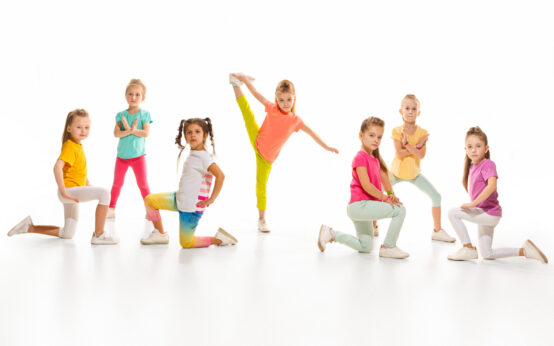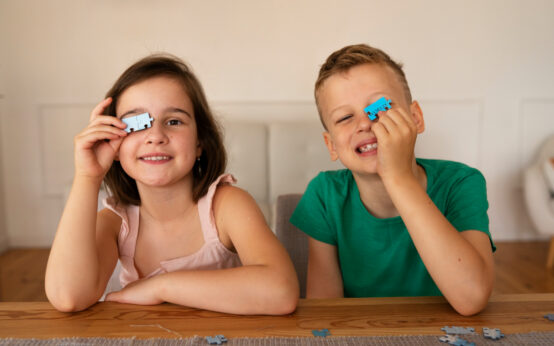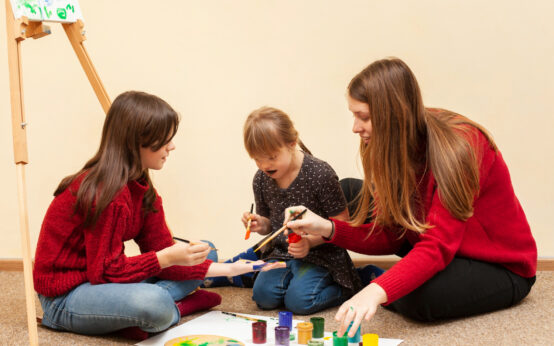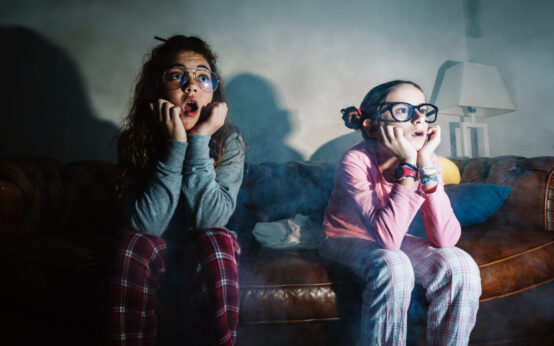Introduction
Humor plays a crucial role in the social development of children, fostering interpersonal skills and positive relationships. However, children with autism may exhibit inappropriate laughter, creating challenges in social interactions. This article delves into the reasons behind such laughter, exploring the spontaneous and unshared nature of humor in children with autism. Understanding the complexities of their laughter is essential for providing effective support. The article also discusses strategies to address inappropriate laughter, emphasizing the importance of visual tools, concrete examples, and social stories in teaching children with autism the nuances of humor and appropriate social interactions.
Unraveling the Complexity of Inappropriate Laughter:
Children with autism frequently exhibit untimely laughter, a phenomenon linked to their limited understanding of humor and a tendency to laugh at random thoughts. Darwin’s theory on laughter posits its dual function, signaling both positive and negative emotions. In the context of children with autism, unshared laughter may emerge from challenges in comprehending social cues or interpreting information. It is crucial to recognize the tonal qualities of their laughter as genuine expressions of positive emotions. Addressing inappropriate laughter entails deciphering its underlying causes and tailoring interventions to enhance social skills without suppressing the spontaneity that contributes to their unique charm.

Laughter may not always follow the expected script in the world of autism, but within the unconventional cadence of their joyous expressions, lies a unique melody that resonates with the beauty of individuality.
Stuart Duncan
Strategies for Handling Inappropriate Laughter
1. Teaching Humor and Social Distinctions:
Children with autism may struggle to tell jokes or understand the difference between laughing with someone and laughing at someone. Introduce visual tools and concrete examples to teach these distinctions, enhancing their social intentions and minimizing the risk of teasing or bullying. Engage them in controlled environments to practice and apply these concepts in real-life interactions.

2. Utilizing Visual Humor Tools:
Capitalize on visual humor, such as cartoons, slapstick comedy, and comic books, to illustrate what is considered funny. Encourage children to analyze these visual cues, prompting them to answer why a situation is humorous. This approach enhances their comprehension of social humor and provides a framework for appropriate laughter.

3. Implementing Social Stories:
Social stories are effective tools to increase social interaction in children with autism. Develop personalized narratives that address specific social scenarios, focusing on appropriate laughter and social cues. Reinforce these stories through repetition, promoting a better understanding of social expectations.

Conclusion
Inappropriate laughter in children with autism is a multifaceted challenge, rooted in their unique perspectives on humor and social interactions. Recognizing the genuine nature of their laughter while addressing its untimely expressions is crucial for their social development. By employing tailored strategies, including visual tools, humor education, and social stories, caregivers and educators can guide children with autism toward a nuanced understanding of appropriate laughter. Balancing the spontaneity of their laughter with enhanced social skills ensures a positive and inclusive social experience, fostering meaningful connections with peers.
Source
- Attwood, Tony. (2007). The Complete Guide to Asperger’s Syndrome. Jessica Kingsley Publishers.
- Bauminger, Nirit, & Kasari, Connie. (2000). Loneliness and Friendship in High-Functioning Children with Autism. Child Development, 71(2), 447–456.
- Gray, Carol. (1995). Comic Strip Conversations: Illustrated Interactions That Teach Conversation Skills to Students with Autism and Related Disorders. Future Horizons.
- Happe, Francesca. (1995). Understanding Minds and Metaphors: Insights from the Study of Figurative Language in Autism. Metaphor and Symbol, 10(4), 275–295.
- Laugeson, Elizabeth A., & Frankel, Fred R. (2010). Social Skills for Teenagers with Developmental and Autism Spectrum Disorders: The PEERS Treatment Manual. Routledge.
- White, Susan W., & Roberson-Nay, Roxann. (2009). Anxiety, Social Deficits, and Loneliness in Youth with Autism Spectrum Disorders. Journal of Autism and Developmental Disorders, 39(7), 1006–1013.







